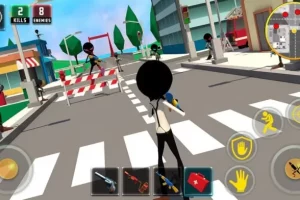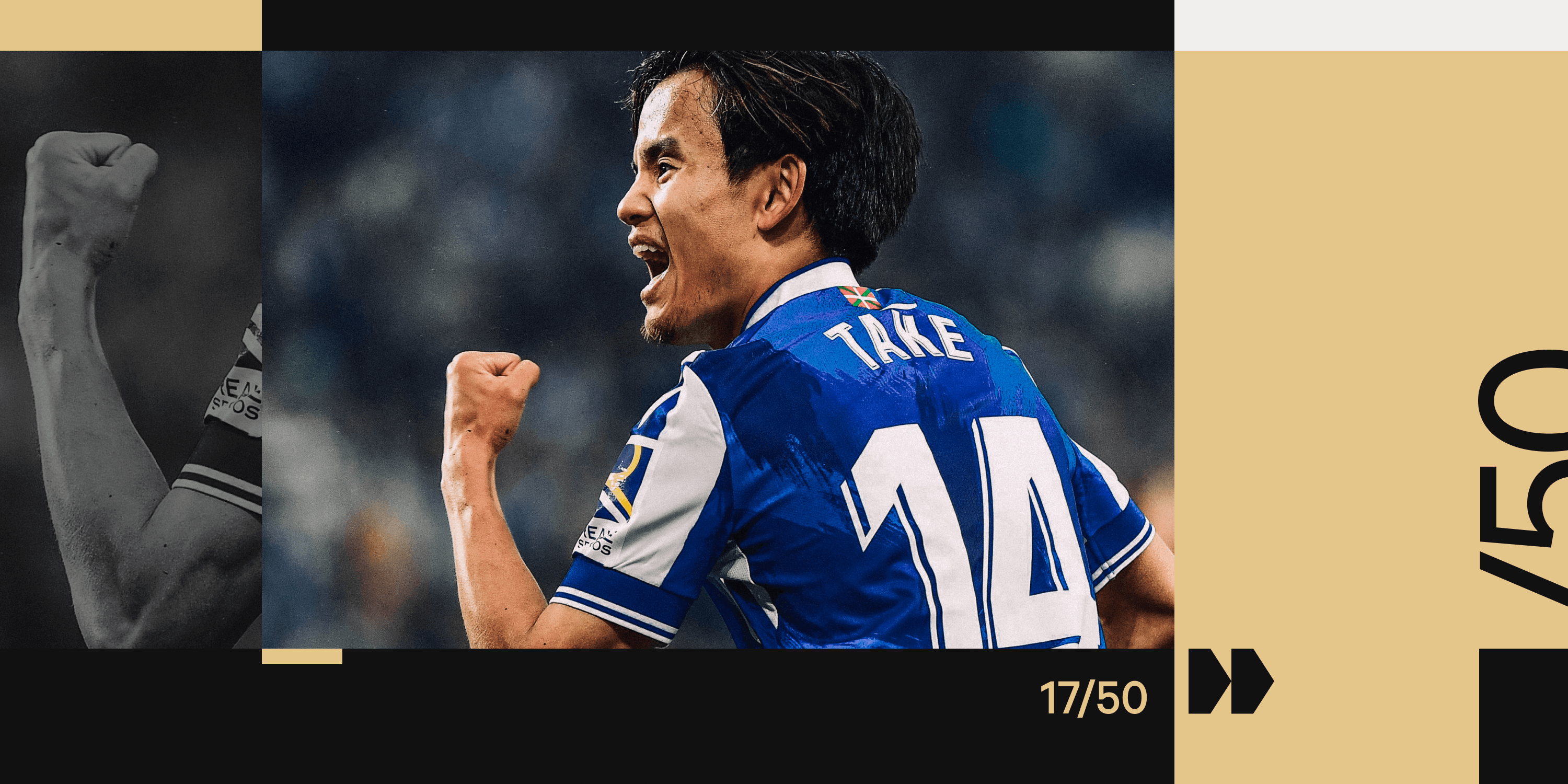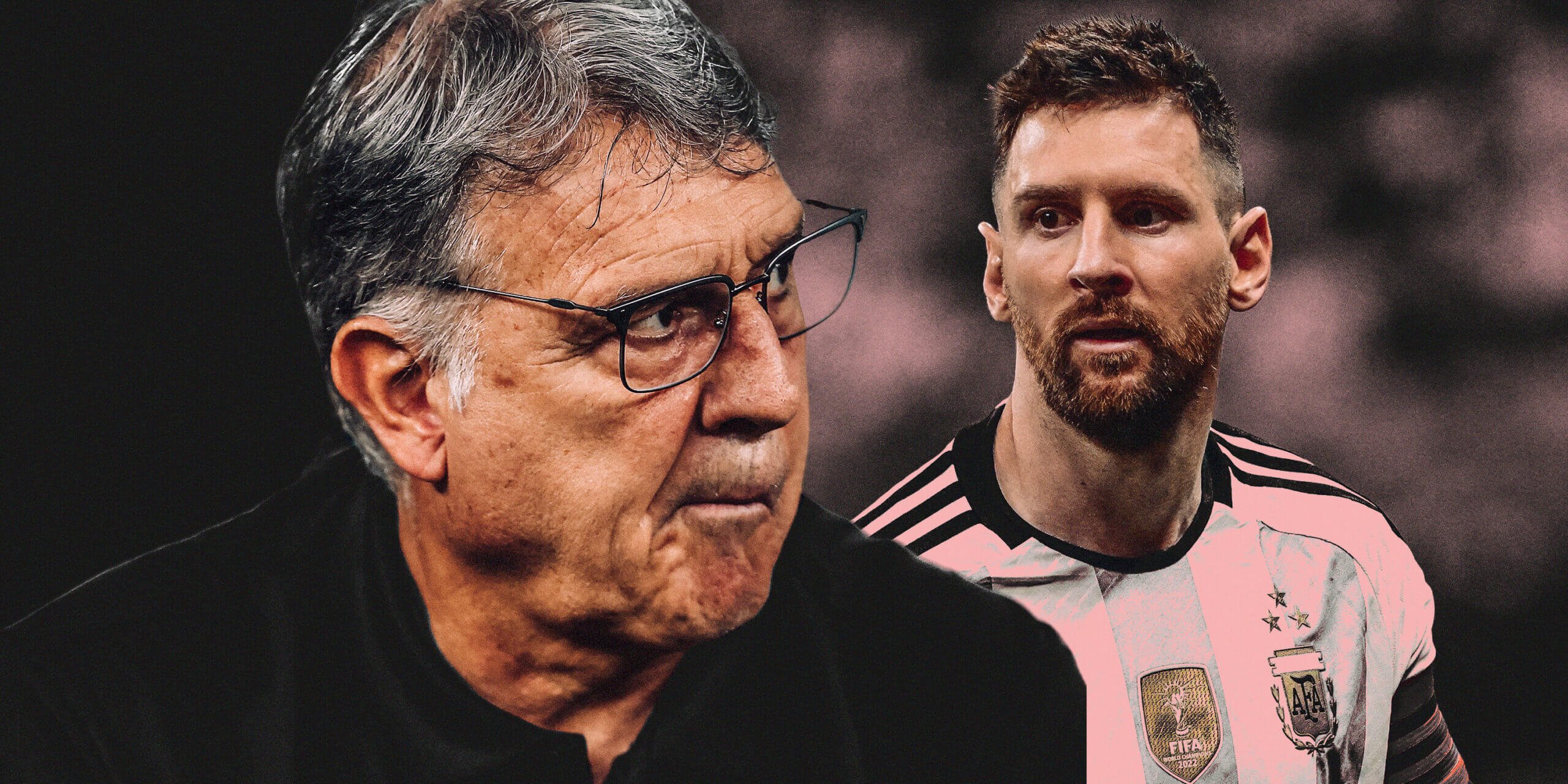[ad_1]
why they could be attracting interest in the coming transfer windows.
You can find all our profiles so far here. Until now, we have run the rule over a Leverkusen livewire, the France forward who went from zero to €100million in the space of a year, and the hottest free agent of the summer.
Next is Takefusa Kubo, the Japan international who tells his Real Sociedad team-mates exactly what he wants…
When you play at Barcelona’s La Masia at the age of 10 and join Real Madrid at 18, talent is likely.
Takefusa Kubo’s rise, however, has come at two other Spanish clubs: Real Mallorca and Real Sociedad.
The Japan forward, now 22, had to be released by Barcelona in 2015 when he was 13 due to them violating world football governing body FIFA’s international youth transfer policy, while his three seasons with Madrid saw him loaned out four times to other La Liga sides without making a senior appearance for his parent club.
Kubo has had two stints in Spain and, in between, spent his formative years back home with FC Tokyo, making his debut for their under-23s aged just 15.
“I want to become the sort of player who can break open a deadlock on the pitch,” said Kubo after that match — something he has gone on to do over the past couple of years.
After a positive first loan at Mallorca in 2019-20, Kubo’s stays at Villarreal and Getafe the following season weren’t as constructive — he only played 1,092 La Liga minutes and started 10 games. A return to Mallorca for 2021-22 put him back on track, resulting in a permanent move to Real Sociedad last summer.
The left-footed forward is mainly distinguished by his dribbling ability, but there’s more to Kubo’s game than that.
Last season, La Real alternated between a 4-3-1-2 shape and a 4-3-3 and he performed well in multiple positions as part of both, whether in a striker pairing in the former…

… or as a right-winger when they played a 4-3-3. There were also brief spells as an attacking midfielder in the 4-3-1-2 formation.

It is this flexibility and adaptation to different attacking roles that makes Kubo an interesting prospect.
In his role as a forward in Real Sociedad’s front two, Kubo’s off-ball movement and pace in behind defences mean he’s a threat in the final third — especially when the supply is coming from a certain David Silva.
A feature of Kubo’s attacking game is signalling for Real Sociedad’s midfielders to play balls into the space behind the opposing defence, then starting his run before that team-mate has hit the pass.
In this example from October’s 5-3 win away to Girona, Silva finds Kubo’s run beyond the back line…

… and he then sets up Alexander Sorloth…

… to open the scoring with a one-touch finish.

The first of Kubo’s nine goals last season came away to Cadiz in the season opener on August 14 and it illustrates how keen he is to constantly make these off-ball runs behind a defence.
After Brais Mendez and Mikel Merino counter-press to win the ball back, Kubo sniffs the opportunity and makes a run in between the unorganised home defence. As he is doing this, Kubo is also signalling for the pass to be played and Merino immediately finds him…

… and he scores the only goal of the game.

In another example, against Elche on March 19, Kubo is calling for the pass in the space behind Elche’s right wing-back, Tete Morente, but Martin Zubimendi, the heart of Real Sociedad’s midfield, opts to circulate the ball instead.

Seconds later, Real Sociedad manage to find David Silva in between the lines and Kubo has adjusted his position between Elche’s right and middle centre-back.

Again, Kubo signals for the ball to be played into the space as he makes an off-ball run behind the defence. Kubo’s pace regularly helps him to beat the offside line…

… and he scores to put his side ahead.

From this advanced position, Kubo is also comfortable roaming and dropping to support the midfield. Here, he roams to the right wing to provide a passing option for Aritz Elustondo…

… before attracting Almeria’s players and playing the ball into the free Merino…

… who finds Sorloth’s run behind the defence and the Norwegian scores to double Real Sociedad’s lead.

On transitions, Kubo’s pace and dribbling ability are complemented by his quick and accurate decision-making. His constant scanning aids him in taking the best decision possible, as is the case in this goal away to Barcelona on May 20.
Here, Kubo is joined by Zubimendi and Sorloth on the counter-attack…

… and while dribbling forward, he raises his head to scan the surroundings and see the positioning of his team-mates. He spots Sorloth in an offside position…

… so decides to dribble towards the left…

… and play the pass into Zubimendi…

… who finds Sorloth…

… who scores the goal that proves to be the winner.

In his goal against Girona on October 2, it’s Kubo’s decision to change the direction of his run that helps him the most. Again, on the transition, he takes a small look away from the ball to know the position of the opponent…

… and accordingly decides to change his direction to position himself on the blind side of the Girona player, Yan Couto.

This way, Couto can’t see both Kubo and the ball, which provides the Japan forward with more time when Sorloth plays the ball into his path.

The advantage Kubo has allows him to set up the ball on his favourite left foot and strike it into the bottom corner.

Kubo’s left-footed strikes are another part of his arsenal; his nine goals from an expected goals (xG) figure of 5.7 this season is an overperformance that comes from his ball-striking ability. When he is operating as a right-winger, the trademark move is to stand up against the incoming defender…

… before dribbling inside on his left foot…

… and striking at goal.

Back in his first season on loan at Mallorca, Kubo said his ideal position would be a No 10 but that he was open to adapt to any position. Fast forward three years and he has shown he can operate in any position behind the striker or even up top next to a centre-forward.
“My main characteristic I think is to receive between the lines and start dribbling from there,” said Kubo in 2020.
But it’s much more than that.
(Top photo: Getty Images; design: Sam Richardson)
[ad_2]











